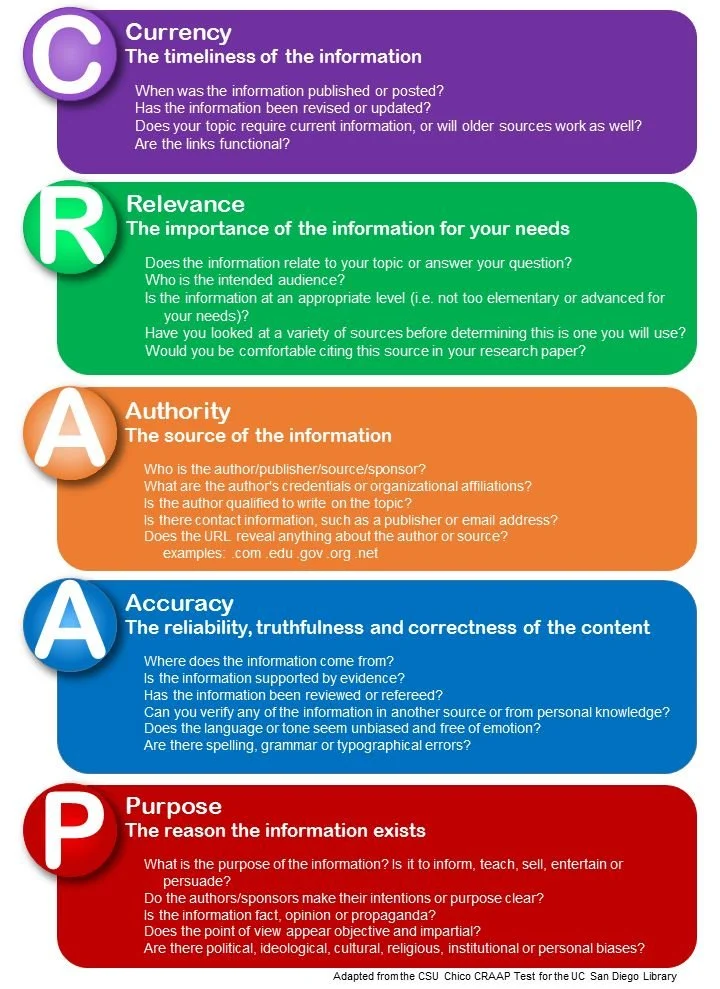The Cautions of Using Social Media for News
Many users use social media to receive their news, including myself. However, we risk these platforms providing misinformation, fake news, and manipulating our views. Algorithms learn our behaviors, shape our viewership bubble, and filter the information we receive. To fight this control, we need to understand what we are up against and how to take the steps to arm ourselves.
The Ted Talk above video discusses how algorithms function and isolate users by filtering their feed. A.I. also uses ads to manipulate their offline behavior, such as political, religious, purchasing actions, etc. Leading to Scripps News discovery, they reported that MIT researched that X (formerly known as Twitter) users will tweet false stories 70% more likely than true ones. Bots were not the problem behind this, but the users who spread the news organically across the platform themselves. Because of this problem, journalists have created guidelines to spot the signs of fake news. Below is the acronym, C. R. A. A. P., a guide I learned in my Journalism class a few years ago to analyze information with critical thinking.
Source: @libguides.depauw.edushared image from University of California, San Diego
Without these guidelines, we are vulnerable to misinformation. Ask yourself where the sources are coming from. Are they an expert in a field or related to the situation? Is the information relevant to date, and what’s the story’s purpose? Sometimes fake news can mislead readers, cause them to behave in a certain way, and provoke negative emotions. For example, misinformation and disinformation occurred yesterday, November 15, and were dragged into today, November 16, by viral TikTok users discussing Osama Bin Laden’s letter, “Letter to America.” The reactions are a reflection of a lack of research and critical thinking.
Every user is astonished by the letter’s contents that have rocked their world out of balance. Some used the term “existential crisis” to describe their emotions and thoughts about the subject. It’s these emotions where they should begin to ask, what’s the purpose behind this letter? Who wrote the letter and why? Should I trust the source? Below is a video of an X user, Dani Buller, analyzing the letter, demonstrating the C. R. A. A. P. method in action.
From Buller’s example of analyzing the letter, we can now break down information with critical thinking. The New York Times stated that the White House and The Guardian recognized the danger of misinformation, and the newspaper removed the letter from their site. TikTok removed all related content and its hashtag. Below is an image of the hashtag’s engagement since yesterday on Twitter, according to Talkwalker.
Source: Talkwalker on Kaila Wisener’s account
With the letter as an example of misinformation, we can see how quickly fake stories and relying on social media for news can be dangerous. Using Buller’s example and the C. R. A. A. P. method, we can confidently stand up against the algorithms and false stories if we ask the right questions. If your gut tells you that an article or video seems off, dig deeper, you’re probably right.

